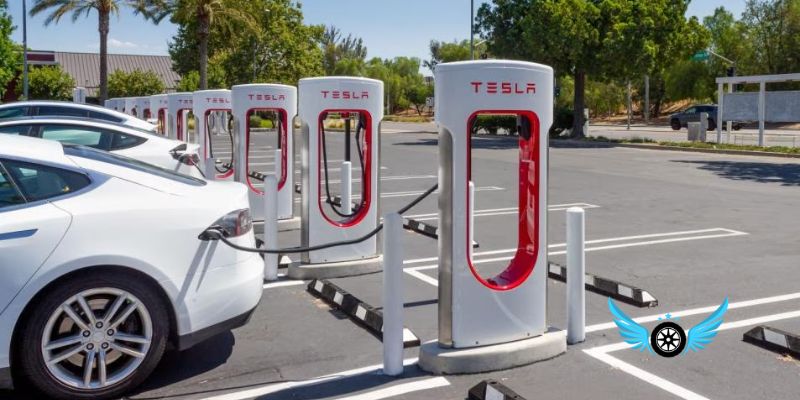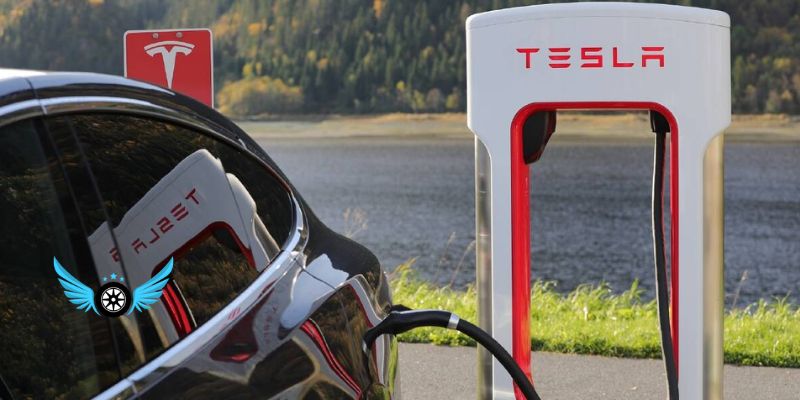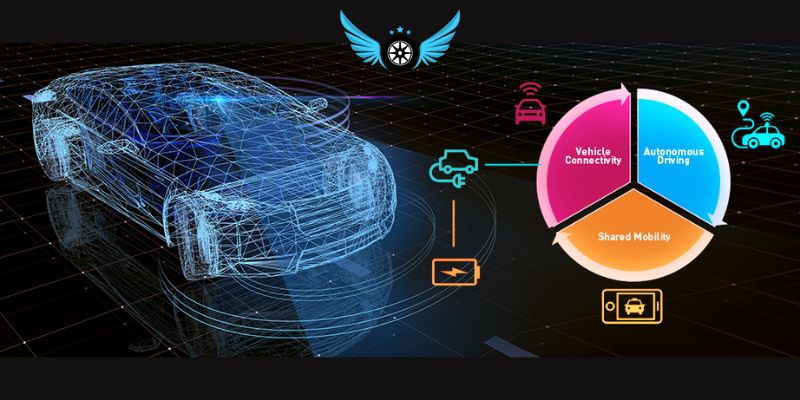In the age of electric vehicles (EVs), Tesla stands as a frontrunner, revolutionizing the automotive industry with its sleek designs, cutting-edge technology, and commitment to sustainability. Among the many questions potential buyers and owners have, a common one remains: does it cost to charge a Tesla? Let’s delve into this inquiry from Teslasuggest, exploring the various facets of charging a Tesla and the associated expenses.
Home Charging: The Foundation
One of the primary benefits of owning a Tesla is the convenience of charging at home. But does it cost to charge a Tesla at home? Yes, it does. However, the cost is primarily tied to your electricity rates. By utilizing a Tesla Wall Connector or the Mobile Connector provided with the vehicle, owners can replenish their Tesla’s battery overnight, ready for the day’s adventures ahead.
The process is as straightforward as plugging in your car and letting it charge while you rest. As for the cost, it’s akin to running any other electrical appliance in your home. Your electricity bill will reflect the energy consumed during charging sessions, and the overall expense will vary based on factors such as your location and local utility rates.
Supercharging: On-the-Go Convenience
Tesla’s Supercharger network offers unparalleled convenience for road trips and on-the-go charging needs. But does it cost to charge a Tesla at a Supercharger station? Yes, it does. The specifics of the pricing structure can vary, but generally, Tesla employs a pay-per-use model.
Whether you’re paying per kWh of electricity consumed or per minute of charging time, the cost is typically transparent and accessible via your Tesla account or through the vehicle’s touchscreen interface. Despite the expense, many Tesla owners find the efficiency and reliability of the Supercharger network well worth the investment, especially for long-distance travel.

Destination Charging: Adding Value to Your Journey
Tesla’s Destination Charging program partners with hotels, resorts, restaurants, and other businesses to provide additional charging options for owners. But does it cost to charge a Tesla at these destination charging locations? While some establishments may offer complimentary charging as a perk for patrons, others may impose a nominal fee.
The value of destination charging extends beyond mere convenience; it enhances the overall experience for Tesla owners, encouraging sustainable travel and fostering partnerships with eco-conscious businesses. Thus, while there may be a cost associated with charging at certain destinations, the benefits often outweigh the expenses.
Public Charging Stations: Exploring Alternatives
Beyond Tesla’s proprietary charging infrastructure, owners have access to a myriad of public charging stations operated by various providers. But does it cost to charge a Tesla at these public stations? Yes, it does. The pricing structure can differ significantly depending on the charging network and location.
Some providers may offer subscription-based plans or pay-as-you-go options, while others may charge based on time or energy consumed. Additionally, factors such as network coverage, charging speed, and amenities offered can influence the perceived value of using public charging stations.

Evaluating the Total Cost of Ownership
While the question “does it cost to charge a Tesla” is undoubtedly important, it’s just one piece of the puzzle when considering the total cost of ownership. Factors such as purchase price, maintenance expenses, insurance premiums, and government incentives must all be taken into account.
Fortunately, numerous online tools and resources are available to help prospective buyers estimate the long-term costs associated with owning a Tesla. By considering these factors holistically, individuals can make informed decisions that align with their budgetary constraints and sustainability goals.
Environmental Impact: Beyond Financial Considerations
Beyond the financial implications, charging a Tesla also carries significant environmental benefits. By transitioning away from fossil fuel-powered vehicles and embracing electric mobility, owners contribute to reducing greenhouse gas emissions and mitigating the impacts of climate change.
Electric vehicles offer a pathway to a cleaner, more sustainable future, where transportation systems are powered by renewable energy sources. As such, the question “does it cost to charge a Tesla” takes on added significance, reflecting not only monetary expenses but also the broader societal and environmental implications of our transportation choices.

Future Trends: Innovation and Expansion
As the electric vehicle market continues to evolve, so too will the charging infrastructure supporting it. Tesla remains at the forefront of innovation, continually expanding its Supercharger network, improving charging technology, and exploring new ways to enhance the ownership experience.
From advancements in battery technology to the integration of solar power and smart grid solutions, the future of charging a Tesla holds promise for even greater efficiency, affordability, and sustainability. As such, the question “does it cost to charge a Tesla” may evolve over time, reflecting ongoing developments in the realm of electric mobility.
Closing Thought: Does It Cost to Charge a Tesla?
In conclusion, the question “does it cost to charge a Tesla” underscores the intersection of financial considerations, environmental impact, and technological innovation within the realm of electric vehicles. Whether charging at home, utilizing the Supercharger network, or accessing public charging stations, Tesla owners navigate a landscape shaped by evolving infrastructure, pricing models, and sustainability initiatives.
As the automotive industry shifts towards electrification, understanding the costs associated with charging a Tesla becomes increasingly vital for consumers, policymakers, and stakeholders alike. By embracing electric mobility and investing in charging infrastructure, we pave the way towards a cleaner, greener future—one where the benefits of sustainable transportation extend far beyond the confines of our wallets.
